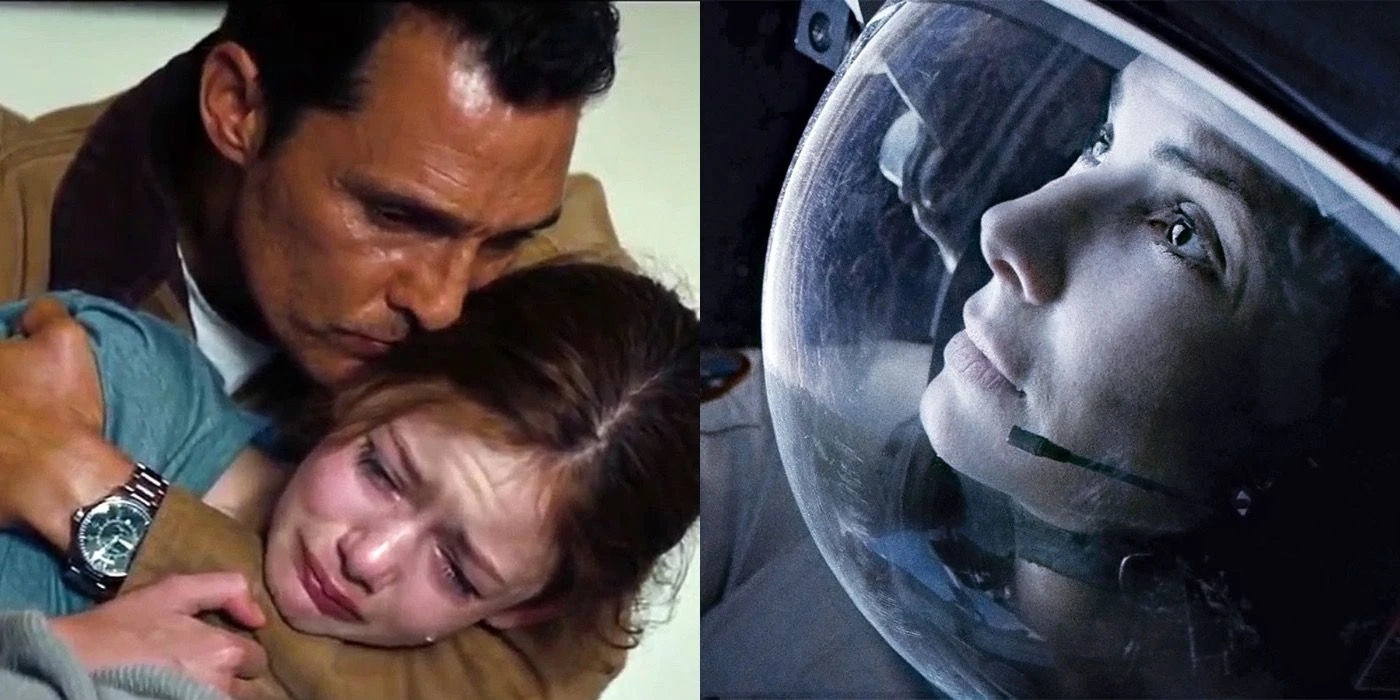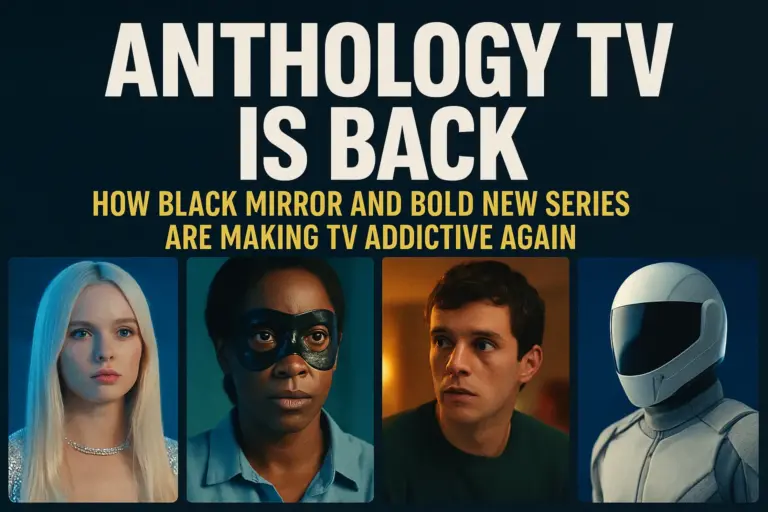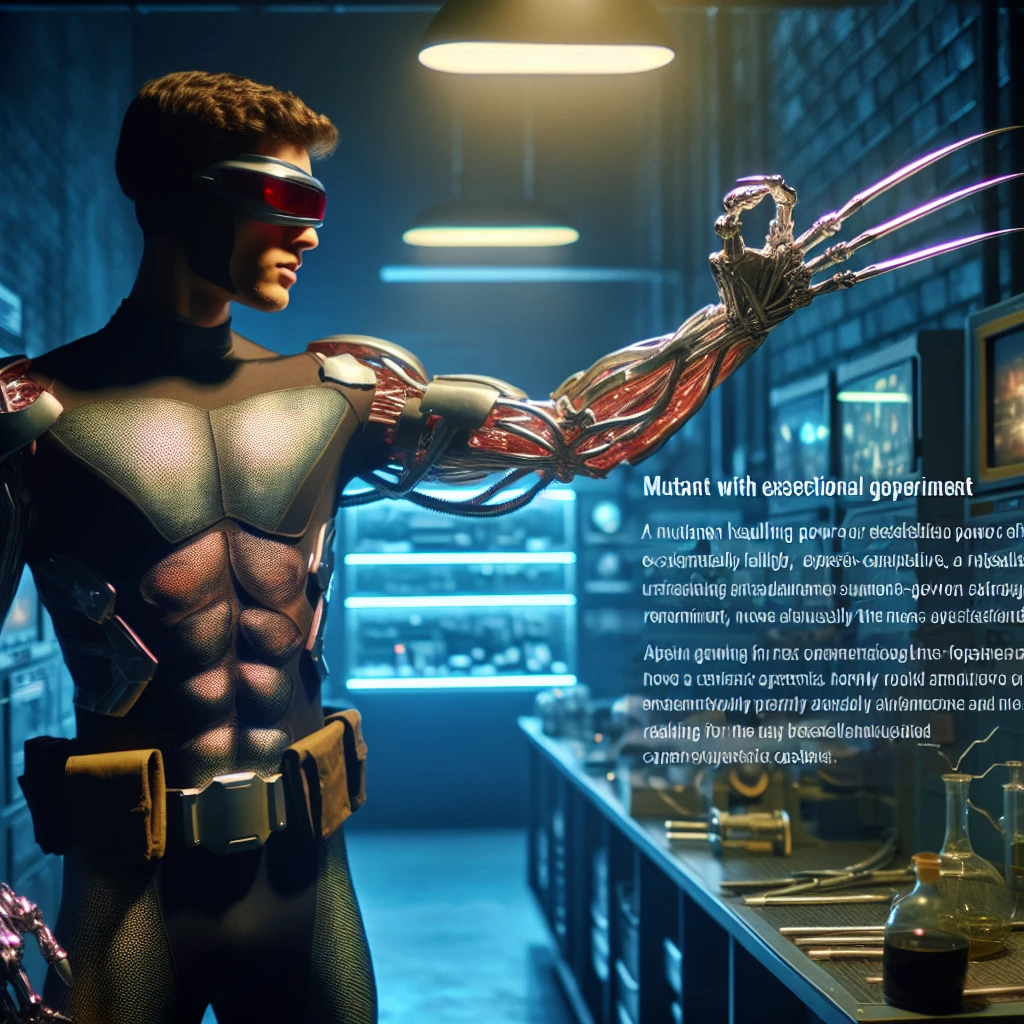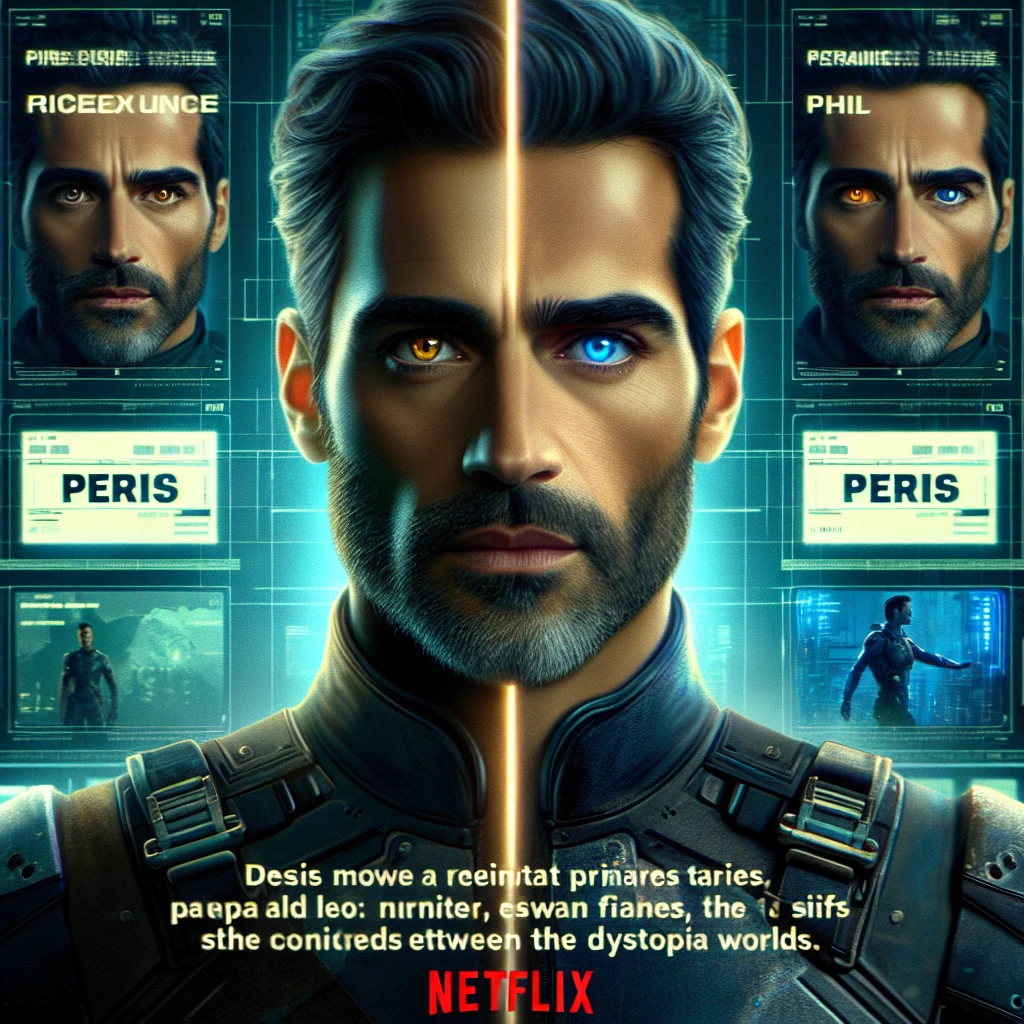Visual effects artists provide their insights into the film *Lost in Space*, the 1998 action-adventure sci-fi movie that reimagines the classic series of the same name. Directed by Stephen Hopkins, the film chronicles the Robinson family’s interstellar journey to save humanity. The cast features notable actors such as Gary Oldman, William Hurt, Matt LeBlanc, Mimi Rogers, Heather Graham, Jared Harris, Lacey Chabert, Jack Johnson, Mark Goddard, and Lennie James.
The Corridor Crew recently dissected the visual effects of *Lost in Space*, focusing on a specific scene where LeBlanc’s space helmet descends onto his face in segments. Contrary to what might be expected, the VFX artists clarified that there was “absolutely no CG in the shot.” Instead, they achieved this effect by filming the scene twice—once with the helmet and once without—carefully matching the movements to create a composite and animation that convincingly simulates the helmet closing. Here’s the Corridor Crew’s detailed explanation:
Back in 1998, with Matt LeBlanc, a star from *Friends*, this film was a significant release. It boasted the most visual effects shots of any movie at the time, totaling 750.
I recall the excitement surrounding the helmet scene, where Matt LeBlanc returns, aims his weapon, and the helmet lowers over his face.
“Wow, is that real at the end?”
The compositing they did is impressive. I’ve figured out their technique. LeBlanc wears the actual helmet throughout.
But what about the CG helmet? How was it animated?
It seems like they used images of the real helmet in the shot, manipulating these elements by shrinking and moving them to create the illusion. However, there is clearly a filmed version afterward featuring Matt LeBlanc’s head.
There is no CG involved in this shot.
Is it all just cutouts and movement?
Essentially, they performed multiple takes—one without the helmet and one with it—ensuring the motions matched perfectly. They animated still images of the helmet, slicing and expanding it.
Ultimately, this is very clever rotoscoping. The success of this shot hinges on the meticulous attention to the shadows beneath the moving parts. You lock the frame at the precise moment of appearance, needing only three frames for the movement.
It’s akin to the popular social media effect where a person poses, and their hand aligns with its future position. This shot is a classic example, a memorable and iconic effect.
How Was *Lost in Space* Received Upon Release?
*Lost in Space* Faced Critical Backlash
The Corridor Crew also reflected on the significance of *Lost in Space* at the time of its release. With 750 VFX shots, it set a precedent in 1998. Modern films like *Avatar: The Way of Water* and *Dune: Part Two* are now filled with VFX and extensive post-production computer work. However, in the late ’90s, this was rare, making *Lost in Space’s* achievements notable due to its innovative approaches despite limited CGI resources.

The 15 Best Movies About Being Lost In Space
Despite its visual achievements, *Lost in Space* did not fare well critically. It garnered a dismal 27% approval rating on Rotten Tomatoes from 84 reviews. Audience reactions were similarly unenthusiastic, with a lower 24% rating. Critics noted that, while visually ambitious, the film lacked charm, strong dialogue, and compelling characters.
*Lost in Space* is available for rental on Prime Video.
The film also struggled financially upon release. Made with a hefty budget of $80 million, it only grossed slightly over $136 million worldwide—a figure insufficient for profitability, as films generally need to earn 2 to 2.5 times their budget. Despite these setbacks, the Corridor Crew’s analysis highlights *Lost in Space’s* lasting impact on visual effects history.
Source: Corridor Crew / YouTube




